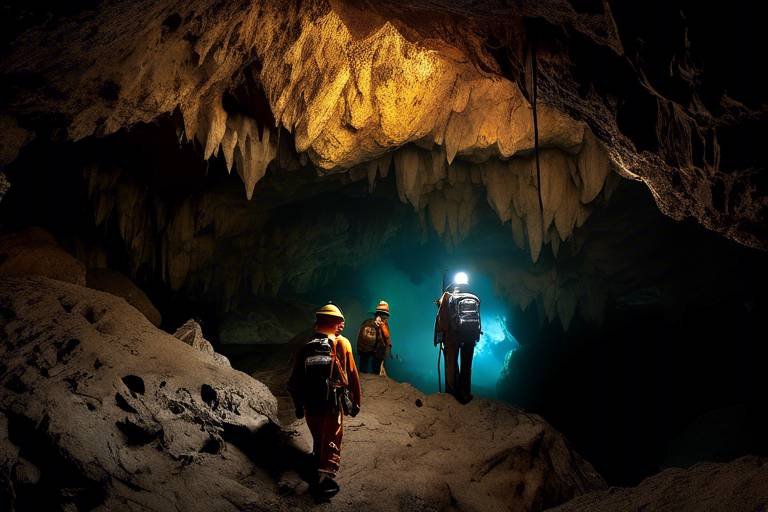Cave Exploration: Navigating Safety Hazards
Cave exploration is an exhilarating adventure that allows you to delve into the hidden wonders of the underground world. However, it’s not all about the thrill of discovery; it comes with its fair share of risks. From the moment you step into a cave, you’re entering a realm filled with unique challenges that require awareness and preparation. Understanding the various safety hazards associated with cave exploration is essential for ensuring a safe and enjoyable experience. Imagine stepping into a dark, damp cavern, the air thick with mystery, but also with potential dangers lurking in the shadows. This article will guide you through the critical aspects of cave safety, helping you navigate these hazards like a pro.
When it comes to cave exploration, knowledge is your best ally. Caves can be beautiful, but they can also be treacherous. The most common hazards include:
- Falling Rocks: Loose rocks can pose a significant threat, especially in areas where the ceiling is unstable.
- Unstable Surfaces: Slippery floors and uneven terrain can lead to falls and injuries.
- Sudden Flooding: Caves can flood quickly, often without warning, particularly during heavy rain.
Being aware of these dangers is crucial for any adventurer planning to navigate through caves safely. It's like being a sailor who must understand the tides and currents before setting sail; without this knowledge, you could find yourself in peril.
Now that you’re aware of the hazards, let’s talk about how to protect yourself. Proper safety gear is not just a suggestion; it’s a necessity for cave exploration. Think of it as your armor against the unpredictable nature of caves. Essential equipment includes:
- Helmets: To protect your head from falling debris.
- Headlamps: For visibility in the dark.
- Protective Clothing: To shield against cold and moisture.
Equipping yourself with the right gear can mean the difference between a thrilling adventure and a dangerous situation. It’s like going into battle; you wouldn’t head out without your shield and sword, right?
Wearing a helmet is your first line of defense against falling rocks. It’s not just a piece of gear; it’s a lifesaver. A reliable headlamp is equally crucial, illuminating the path ahead and ensuring you don’t stumble over unseen obstacles. Imagine wandering through a dark cave with only a flickering flashlight; the anxiety of not knowing what lies ahead can be overwhelming. A good headlamp keeps that fear at bay, allowing you to focus on the beauty around you.
When selecting a helmet, look for features that cater specifically to caving. A good helmet should be lightweight, have adjustable straps, and provide ample ventilation. Brands like Petzl and Black Diamond offer excellent options that are widely recommended by experienced cavers. Remember, your helmet is your guardian; choose wisely!
Not all headlamps are created equal. When choosing one for caving, consider:
- Brightness: Look for a minimum of 200 lumens for adequate visibility.
- Battery Life: Opt for models with long-lasting batteries to avoid being left in the dark.
- Water Resistance: Caves can be damp, so choose a headlamp that can withstand moisture.
By ensuring you have the right headlamp, you’re setting yourself up for a successful and safe exploration.
Let’s not forget about clothing! Wearing appropriate attire can help prevent injuries and hypothermia in cold, damp caves. Think of your clothing as the protective shell of a turtle; it keeps you safe from the harsh elements. Opt for moisture-wicking fabrics, layered clothing, and sturdy boots to navigate the rugged terrain comfortably.
Being prepared for emergencies is essential in cave exploration. Just like a boy scout, you should always be ready! Create contingency plans, carry a well-stocked first-aid kit, and familiarize yourself with how to signal for help if needed. Knowing what to do in an emergency can turn a potentially dangerous situation into a manageable one.
A well-stocked first-aid kit can be a lifesaver in emergencies. Make sure your kit includes:
- Adhesive bandages
- Antiseptic wipes
- Gauze and tape
- Pain relievers
- Emergency blanket
Having these essentials on hand can make all the difference when it comes to treating minor injuries quickly and effectively.
Establishing a communication plan with your group is vital for safety. Before entering the cave, discuss how you’ll maintain contact and ensure everyone knows the plan. It’s like creating a map for your adventure; without it, you could easily lose your way. Consider using walkie-talkies or setting specific meeting points in case someone gets separated.
Understanding the cave environment is crucial for safety. Respecting wildlife, avoiding pollution, and recognizing natural hazards should be at the forefront of your mind while exploring. Caves are delicate ecosystems that require our protection.
Caves are home to unique ecosystems. When exploring, be mindful of the creatures that live there. Avoid disturbing bats and other wildlife, as they play essential roles in the cave's ecosystem. Think of yourself as a guest in their home; it’s important to be respectful and leave no trace.
Maintaining the integrity of cave environments is essential. To avoid polluting caves and preserving their natural beauty, follow these tips:
- Pack out all trash.
- Avoid using soaps or detergents in cave streams.
- Stay on marked trails to minimize impact.
By taking these steps, you help ensure that future generations can enjoy the beauty of caves just as you have.
Q: What should I do if I encounter a flood in the cave?
A: If you notice rising water, exit the cave immediately and find higher ground. Never attempt to navigate through floodwaters.
Q: Is it safe to explore caves alone?
A: It’s highly discouraged to explore caves alone. Always go with a group and establish a communication plan.
Q: What type of food should I bring for a cave exploration?
A: Bring lightweight, non-perishable snacks like energy bars and trail mix. Stay hydrated with plenty of water.
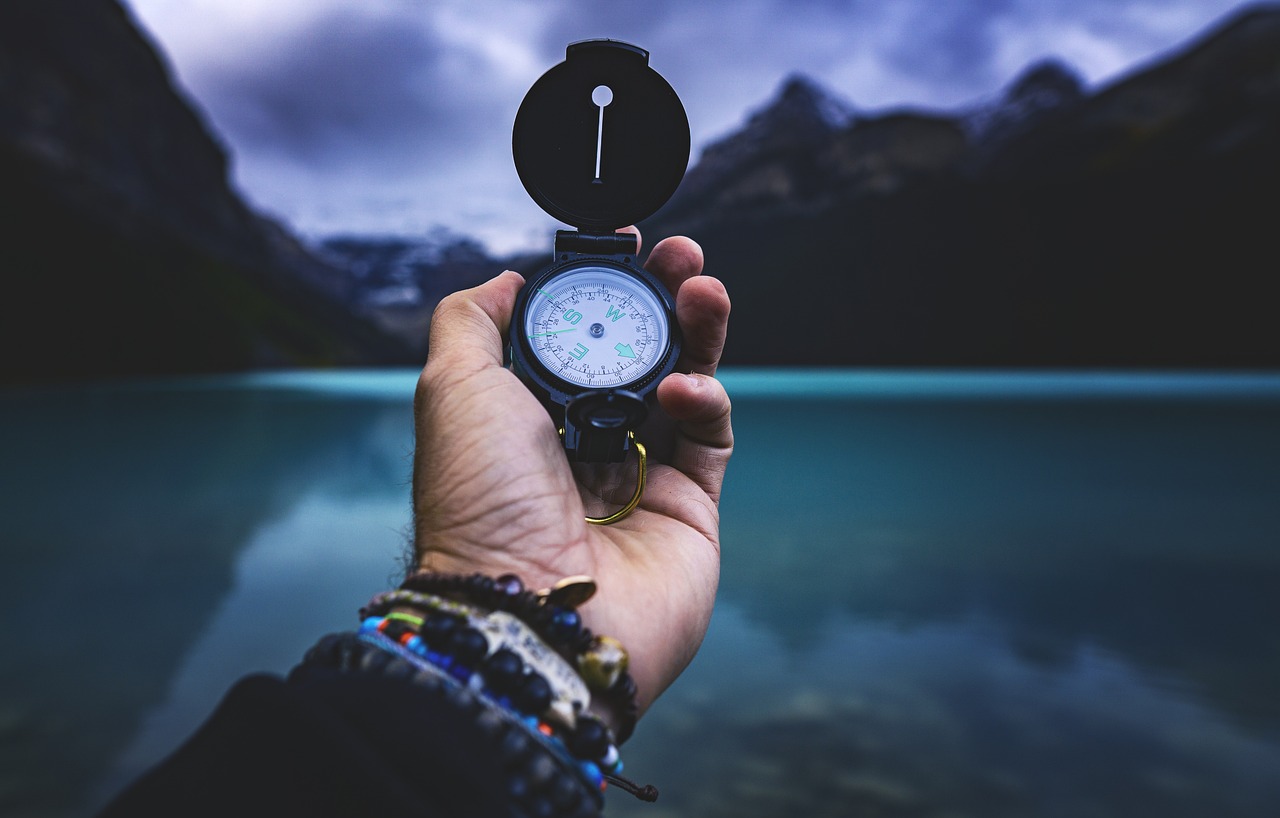
Understanding Cave Hazards
Cave exploration is an exhilarating adventure, offering a glimpse into the hidden wonders of our planet. However, it’s not all fun and games; there are numerous hazards lurking in the shadows that every explorer should be aware of. Imagine stepping into a dark, damp world where the ground beneath your feet could suddenly give way or where a seemingly calm pool of water can turn into a raging torrent. These scenarios are not just figments of imagination—they are real dangers that can occur in caves.
One of the most common hazards is falling rocks. As you navigate through narrow passages and rocky terrain, it's essential to be vigilant. Loose rocks can fall from above, especially in areas where the ceiling is unstable. This is why wearing a helmet is not just a recommendation; it’s a necessity. Another significant concern is unstable surfaces. Caves often have uneven ground, slippery surfaces, and sudden drops that can lead to accidents. Just like walking on a tightrope, one wrong step can send you tumbling.
Furthermore, sudden flooding can occur in caves, especially during heavy rainfall or when snow melts. Water levels can rise rapidly, transforming a serene exploration into a perilous situation. This is why it’s crucial to check weather conditions before entering a cave and to be aware of the cave’s drainage patterns. Understanding these hazards is not merely about being cautious; it’s about being prepared. Knowledge is your best ally in ensuring a safe exploration.
In addition to these physical dangers, there are also environmental hazards to consider. Caves can harbor unique ecosystems, home to various species, including bats and other wildlife. Disturbing these creatures can lead to unintended consequences, both for the wildlife and for the explorers. It’s essential to tread lightly and respect the natural habitat. Just as you wouldn’t want someone to trample through your backyard, wildlife deserves the same consideration in their homes.
To summarize, understanding cave hazards involves recognizing the potential dangers that come with this thrilling activity. Being aware of falling rocks, unstable surfaces, sudden flooding, and environmental considerations can significantly enhance your safety while exploring the underground world. As the saying goes, “forewarned is forearmed.” So, arm yourself with knowledge, and let your cave exploration be both safe and enjoyable!
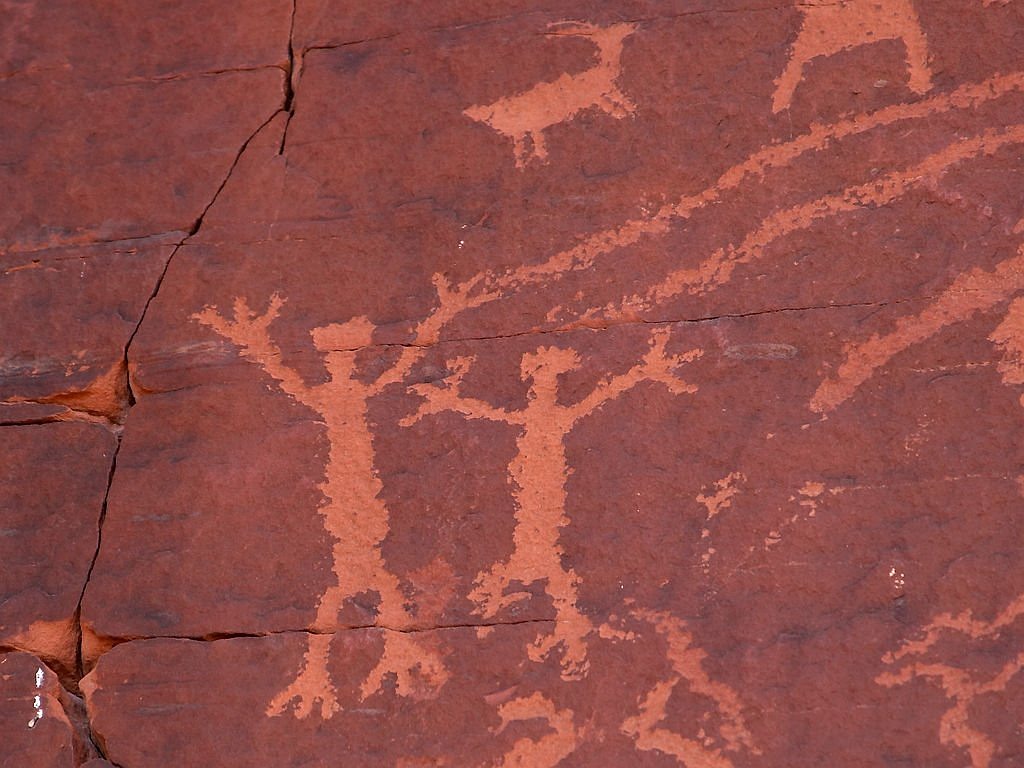
Essential Safety Gear
When it comes to cave exploration, having the right safety gear is not just a recommendation; it's a necessity. Imagine stepping into a dark, damp cave without proper protection. It’s like diving into the ocean without a life jacket—risky and potentially dangerous. The underground world can be thrilling, but it also presents numerous hazards that can turn an adventure into a nightmare if you're not prepared. So, let’s dive into the must-have equipment that will keep you safe and sound while you explore the mesmerizing depths of the earth.
First and foremost, helmets and headlamps are your best friends in the cave. A helmet isn’t just a piece of gear; it’s your shield against falling rocks and debris. Think of it as your hard hat while navigating through the unpredictable terrain of a cave. Without it, you’re leaving your head vulnerable to unexpected hazards. On the other hand, a reliable headlamp is crucial for visibility in the pitch-black darkness of caves. Imagine trying to navigate through a maze with your eyes closed—it's not just disorienting but can also lead to accidents. A good headlamp will illuminate your path, allowing you to see where you’re going and spot potential dangers ahead.
Let’s break it down a bit further. When choosing a helmet, look for features designed specifically for caving. These helmets are usually lightweight yet sturdy, providing the protection you need without weighing you down. Brands like Petzl and Black Diamond offer helmets that are widely trusted in the caving community. Make sure your helmet fits snugly but comfortably, as a loose helmet can easily shift during movement, leaving you unprotected.
Now, onto headlamps. Not all headlamps are created equal, so you’ll want to consider a few key features. Brightness is paramount; you’ll want a headlamp that can illuminate your surroundings effectively. Battery life is another factor to keep in mind—there’s nothing worse than your light dying in the middle of a cave! Aim for a headlamp that offers at least 200 lumens for adequate visibility. Lastly, water resistance is essential, as caves can be damp environments. A good rule of thumb is to look for an IPX rating of at least 4, which means it can withstand splashes from any direction.
While helmets and headlamps are crucial, don’t overlook the importance of protective clothing. The right attire can shield you from injuries and help regulate your body temperature in cold, damp environments. Opt for moisture-wicking base layers that keep you dry and insulated. Layering is key; wearing a thermal layer under a waterproof shell can make a world of difference. Additionally, consider wearing knee pads or padded pants to protect your legs from scrapes and bumps as you navigate rocky surfaces.
In summary, equipping yourself with the right safety gear is like setting the stage for a successful cave exploration. Helmets and headlamps are your first line of defense, while protective clothing enhances your comfort and safety. Remember, the underground world is as beautiful as it is unpredictable, so gear up wisely!
- What type of helmet is best for caving? Look for lightweight helmets designed specifically for caving, such as those from Petzl or Black Diamond.
- How bright should my headlamp be? Aim for at least 200 lumens to ensure adequate visibility in dark caves.
- What should I wear for cave exploration? Wear moisture-wicking base layers, a waterproof shell, and consider protective gear like knee pads.
- Is it necessary to have a backup light source? Yes, carrying a backup headlamp or flashlight is highly recommended in case your primary light fails.
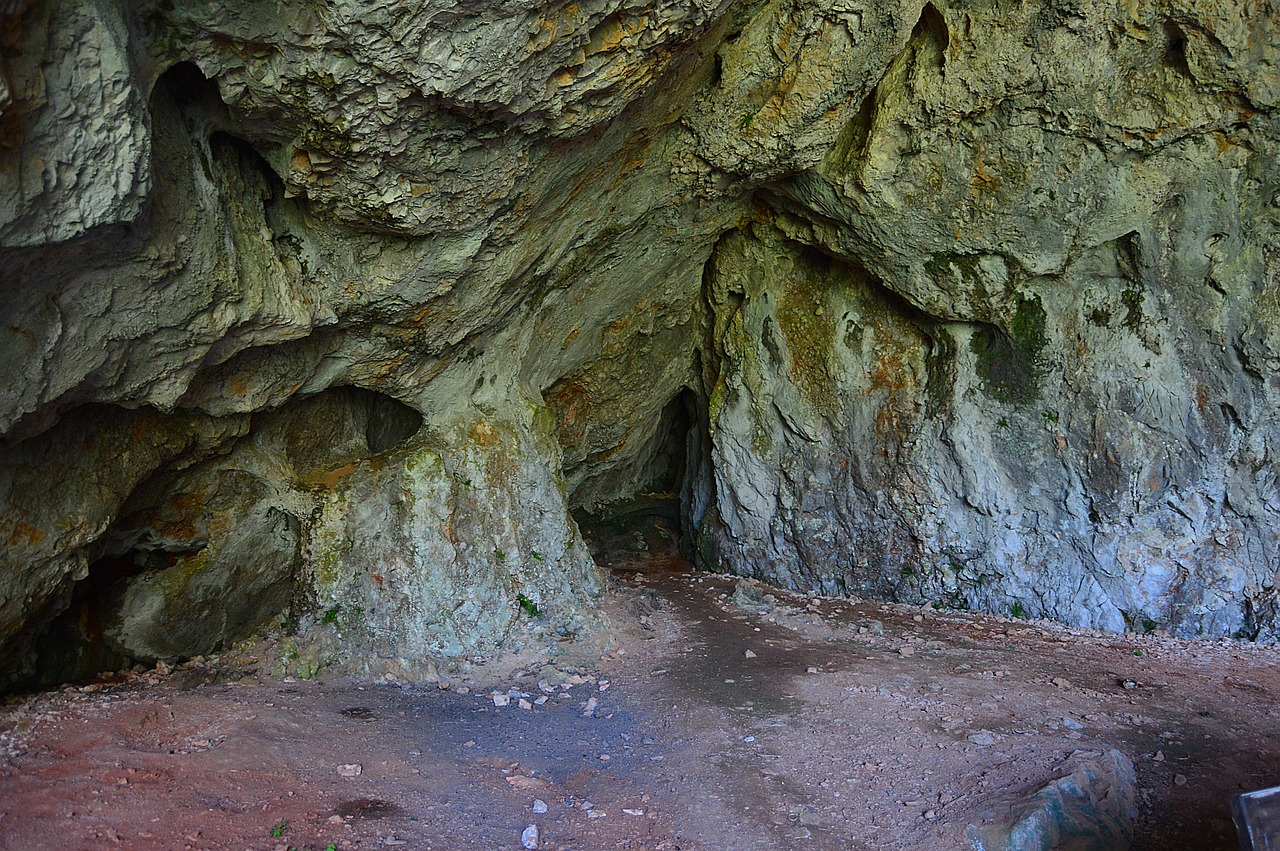
Helmets and Headlamps
When it comes to cave exploration, two pieces of equipment stand out as absolutely essential: helmets and headlamps. Imagine navigating through the dark, damp corridors of a cave without proper illumination or protection—it's a recipe for disaster! A sturdy helmet acts as your guardian against falling rocks and other potential hazards that can occur in the unpredictable underground environment. Think of it as your personal shield, absorbing impacts and keeping your head safe from unexpected surprises.
But what about visibility? That’s where headlamps come into play. A reliable headlamp is not just a luxury; it's a necessity for safe navigation. As you traverse through narrow passages and expansive caverns, a good headlamp lights your path, allowing you to spot obstacles and navigate safely. Without it, you might as well be wandering blindfolded! The right headlamp will illuminate your surroundings, making the exploration not only safer but also more enjoyable.
Now, let’s break down the importance of these two items a bit further:
- Helmets: Look for helmets that are specifically designed for caving. These helmets are often made from durable materials that can withstand impacts. They should also have a comfortable fit and adjustable straps to ensure they stay securely on your head.
- Headlamps: When selecting a headlamp, consider factors such as brightness (measured in lumens), battery life, and water resistance. A headlamp with at least 200 lumens is ideal for cave exploration, as it provides sufficient light to navigate through dark areas. Additionally, ensure that the headlamp has a long battery life, allowing for extended exploration without the worry of running out of power.
In summary, investing in a high-quality helmet and headlamp is not just a good idea; it's a critical step in ensuring your safety while exploring the fascinating world beneath our feet. Remember, it’s better to be over-prepared than underprepared when you're deep underground!
Q: How do I choose the right helmet for caving?
A: Look for helmets specifically designed for caving, which should be lightweight, durable, and have adjustable straps for a secure fit. Brands like Petzl and Black Diamond are highly recommended.
Q: What features should I consider when buying a headlamp?
A: Focus on brightness (200 lumens or more is ideal), battery life (at least 8 hours), and water resistance. A comfortable fit and adjustable brightness settings can also enhance your caving experience.
Q: Is it necessary to wear a helmet and headlamp during all cave explorations?
A: Yes, wearing both is essential for safety. Helmets protect against falling debris, while headlamps provide necessary visibility in dark environments.

Choosing the Right Helmet
When it comes to cave exploration, is not just a matter of style; it’s a crucial safety decision. A well-selected helmet can be the difference between a safe adventure and a potentially dangerous situation. As you delve into the depths of the earth, you’ll encounter various hazards, including falling rocks and low ceilings. Therefore, investing in a helmet designed specifically for caving is essential.
First and foremost, look for helmets that are lightweight yet durable. You want something that won’t weigh you down during long explorations but can withstand impacts. Helmets made from materials like polycarbonate or ABS plastic are excellent choices as they offer a good balance of strength and weight. Additionally, ensure the helmet has a comfortable fit. An adjustable chin strap and inner padding can help secure the helmet in place, preventing it from shifting during your adventure.
Another important feature to consider is ventilation. Caves can be humid and warm, so a helmet with ventilation holes can help keep you cool. However, be cautious—too many holes can compromise the helmet's structural integrity. Look for a design that balances ventilation with safety.
Some helmets also come with built-in headlamp clips, which are incredibly useful for keeping your hands free while navigating dark passages. A helmet that accommodates a headlamp securely will ensure that your light source remains stable, providing consistent illumination as you explore. Additionally, check for compatibility with other safety gear, such as visors or face shields, especially if you anticipate encountering dusty or muddy conditions.
Finally, don’t forget to consider the brand reputation. Some manufacturers specialize in caving gear and have a proven track record for quality and safety. Brands like Petzl, Black Diamond, and Mammut are known for their reliable helmets. Reading reviews and seeking recommendations from experienced cavers can also guide you in making an informed choice.
In summary, the right helmet is vital for a safe and enjoyable caving experience. Prioritize lightweight materials, comfort, ventilation, and compatibility with other gear. By taking the time to choose wisely, you’ll be well-equipped to tackle the thrilling challenges that lie beneath the surface.

Headlamp Features
When it comes to cave exploration, a reliable headlamp is not just a nice-to-have; it's an absolute necessity. Imagine navigating through the dark, damp corridors of a cave with nothing but a flickering flashlight. It's not just uncomfortable; it can be downright dangerous! That's why understanding the key features of a headlamp is crucial for any adventurer looking to explore the underground wonders safely.
First and foremost, brightness is a critical factor. The lumens rating of a headlamp indicates how much light it emits. For cave exploration, a headlamp with at least 200 lumens is recommended. This level of brightness ensures that you can see not only the path ahead but also any potential hazards lurking in the shadows. Remember, a brighter headlamp not only illuminates your immediate surroundings but also helps you spot obstacles from a distance, giving you more time to react.
Next up is battery life. There's nothing worse than being deep inside a cave, only to have your headlamp die on you. Look for headlamps that offer long battery life, ideally with options for rechargeable batteries. Some models even come with battery level indicators, so you’ll know when it’s time to swap or recharge. A headlamp that can last for several hours on a single charge is invaluable for those longer explorations.
Another essential feature to consider is water resistance. Caves can be wet and slippery, so a headlamp that can withstand moisture is crucial. Look for lamps with an IPX rating of at least IPX4, which means they are resistant to splashes from any direction. This feature ensures your headlamp will function well even in the dampest conditions, keeping your path illuminated without the worry of malfunction.
Lastly, consider the weight and comfort of the headlamp. You’ll want something lightweight that you can wear for extended periods without discomfort. Look for adjustable straps that fit snugly but don’t pinch or irritate your skin. A well-fitted headlamp will allow you to focus on your exploration rather than constantly adjusting your gear.
In summary, when choosing a headlamp for cave exploration, keep in mind the following features:
- Brightness: Aim for at least 200 lumens.
- Battery Life: Look for long-lasting and rechargeable options.
- Water Resistance: An IPX4 rating or higher is ideal.
- Weight and Comfort: Ensure it fits well and is lightweight.
With the right headlamp equipped with these features, your cave exploration can transform from a daunting task into an exhilarating adventure. You'll be able to navigate safely while enjoying the stunning beauty of underground formations, all without the fear of being left in the dark.
Q: How bright should my headlamp be for cave exploration?
A: A headlamp with at least 200 lumens is recommended for safe navigation in caves.
Q: Are rechargeable headlamps better than disposable battery ones?
A: Yes, rechargeable headlamps often provide longer battery life and are more cost-effective in the long run.
Q: What is the best way to ensure my headlamp is water-resistant?
A: Look for headlamps with an IPX rating of at least IPX4, which indicates they can resist splashes from any direction.
Q: How do I maintain my headlamp for longevity?
A: Regularly check and clean the battery contacts, store it in a dry place, and avoid exposing it to extreme temperatures.
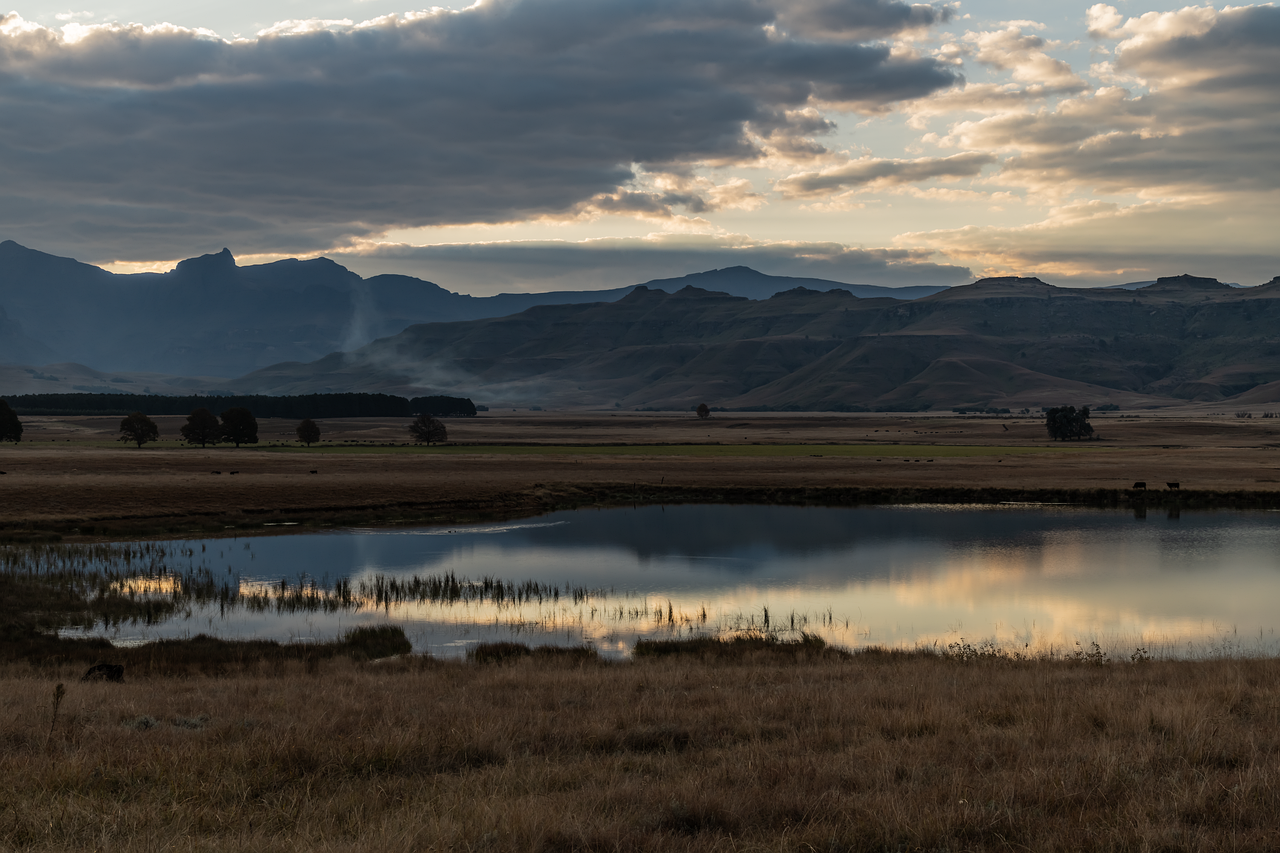
Protective Clothing
When it comes to cave exploration, wearing the right is not just a matter of comfort; it's a crucial step in ensuring your safety. Caves can be cold, damp, and unpredictable environments, and the right gear can protect you from injuries, hypothermia, and other hazards. Imagine stepping into a cave and feeling the chill of the air; without the proper attire, you could quickly find yourself shivering and uncomfortable, which can detract from the adventure.
The best approach is to layer your clothing. Start with a moisture-wicking base layer that keeps sweat away from your skin. This is especially important in caves where the temperature can drop significantly. Over this, wear an insulating layer, such as fleece or wool, to retain body heat. Finally, an outer layer that is both waterproof and breathable is essential. This will protect you from water and mud while allowing sweat to escape, keeping you dry and warm.
Here are some essential items to consider when choosing your cave exploration attire:
- Insulated Jacket: A good jacket can be a lifesaver in cold caves. Look for one that is lightweight yet warm.
- Pants: Durable, water-resistant pants are ideal. Avoid cotton as it retains moisture.
- Gloves: Protect your hands from cold and sharp rocks with a sturdy pair of gloves.
- Boots: Sturdy, waterproof boots with good traction are crucial for navigating slippery surfaces.
Additionally, don’t forget about accessories that can enhance your safety and comfort. A good-quality helmet is essential, not just for protection from falling rocks but also for keeping your head warm. If you're exploring particularly cold caves, consider thermal socks and a beanie to keep your extremities warm.
In essence, your clothing should be a combination of protection, comfort, and functionality. Think of it as your armor against the unpredictable nature of caves. Just as a knight wouldn’t go into battle without their armor, you shouldn’t enter a cave without the right gear. By preparing yourself with the right protective clothing, you can focus on the awe-inspiring beauty of the underground world rather than worrying about the elements.
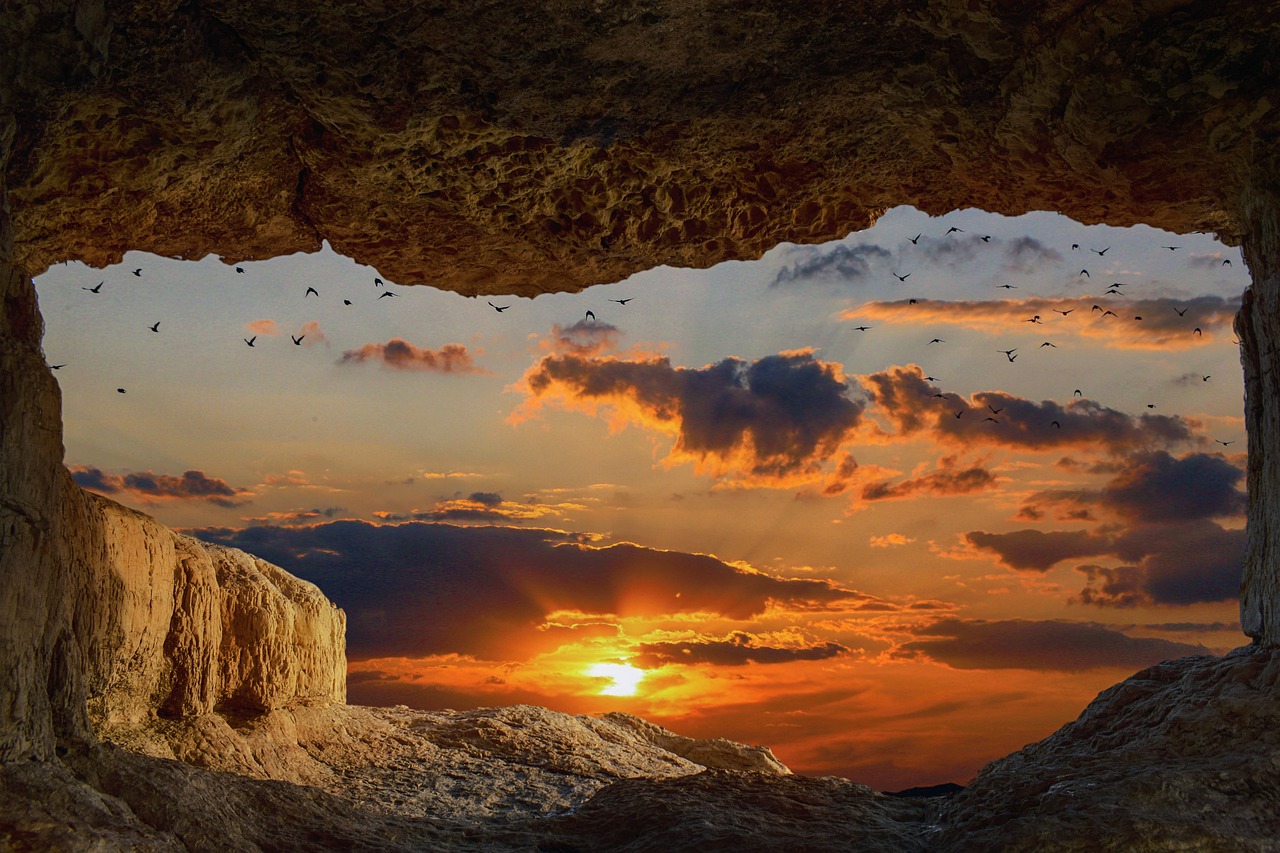
Emergency Preparedness
When it comes to cave exploration, is not just a precaution; it's a necessity. Imagine you're deep underground, surrounded by the beauty of stalactites and the echo of dripping water, but suddenly, things take a turn. Maybe you sprain your ankle or lose track of your group. In these moments, the difference between a minor inconvenience and a serious situation often comes down to how well-prepared you are. So, what steps can you take to ensure a safe adventure?
First and foremost, creating a contingency plan is essential. Before you even step foot into the cave, sit down with your group and discuss what you would do in various emergency scenarios. This could include getting lost, encountering wildlife, or dealing with sudden flooding. Make sure everyone knows the plan and understands their role. For example, if someone gets separated, designate a specific meeting point and a time to regroup. This simple strategy can save precious time and prevent panic.
Next, carrying a well-stocked first-aid kit is crucial. You never know when you might need it, and having the right supplies can be a lifesaver. Your first-aid kit should include:
- Adhesive bandages of various sizes
- Gauze pads and tape for larger wounds
- Antiseptic wipes to clean cuts
- Elastic bandages for sprains
- Pain relievers like ibuprofen or acetaminophen
- Emergency blanket for warmth
- Whistle for signaling
It's also wise to familiarize yourself with basic first-aid techniques. Knowing how to treat a sprain or apply a bandage can make a big difference when you're far from help.
Communication is another vital aspect of emergency preparedness. Establishing a communication plan with your group ensures that everyone knows how to stay in touch, even in the chaotic environment of a cave. Consider using two-way radios if you’re exploring a particularly expansive cave system where cell service may be unreliable. Make sure to discuss how often you’ll check in with each other and what to do if someone goes missing. A simple system of signals, such as a series of whistles or calls, can also be effective for maintaining contact without using electronic devices.
Lastly, always remember to inform someone outside of your group about your plans. Let them know where you're going, how long you expect to be gone, and who is with you. This way, if something goes wrong, someone will know to raise the alarm. It's like leaving a breadcrumb trail for safety; if you're not back when expected, help can be dispatched quickly.
In summary, being prepared for emergencies while exploring caves can be the difference between a thrilling adventure and a harrowing experience. By creating a contingency plan, carrying a comprehensive first-aid kit, establishing a communication strategy, and informing someone outside your group, you can navigate the underground world with confidence. Remember, preparation is the key to enjoying the wonders of cave exploration safely!
Q: What should I do if I get lost in a cave?
A: Stay calm and try to retrace your steps. If you can't find your way back, find a safe spot to wait for your group to find you. Use your whistle or other signaling methods to alert them.
Q: How can I ensure my first-aid kit is adequate for cave exploration?
A: Review your kit regularly and add items specific to caving, such as antiseptic wipes and elastic bandages. Consider taking a first-aid course to learn how to use the supplies effectively.
Q: What should I do if I encounter wildlife in a cave?
A: Observe from a distance and do not attempt to touch or disturb the animals. If they seem aggressive or threaten your safety, back away slowly and leave the area.
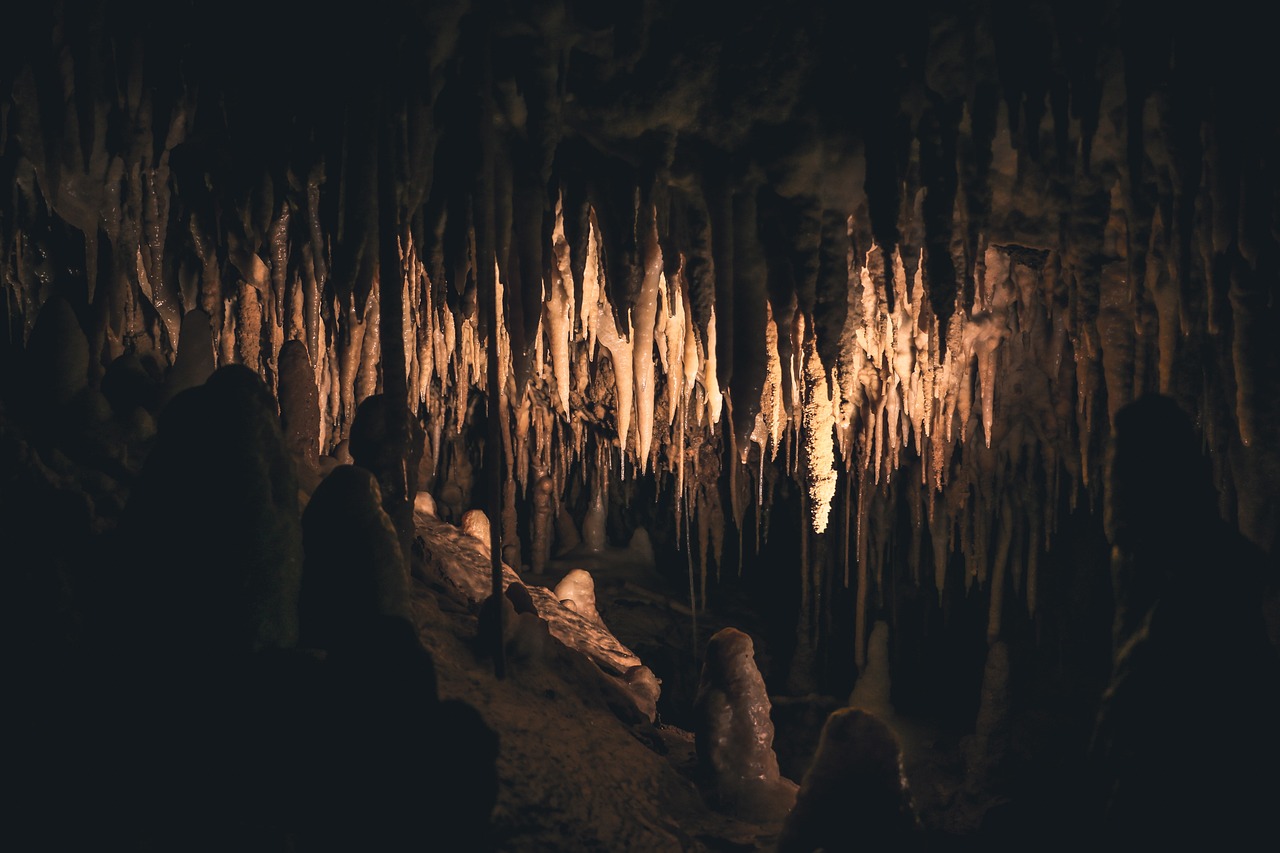
First-Aid Kits
When embarking on a cave exploration adventure, having a well-stocked first-aid kit is not just a good idea—it's essential. Picture this: you're deep underground, surrounded by stunning rock formations, and suddenly someone in your group trips and twists an ankle. In that moment, a first-aid kit can mean the difference between a fun adventure and a serious situation. But what should you include in your kit to ensure you're prepared for the unexpected?
A comprehensive first-aid kit for caving should contain a variety of supplies tailored to the unique challenges of the underground environment. Start with the basics: adhesive bandages, sterile gauze pads, and antiseptic wipes. These items are crucial for treating minor cuts and scrapes that might occur while navigating rocky surfaces. Additionally, consider including items for more serious injuries, such as:
- Elastic bandages: Great for providing support to sprains or strains.
- Splints: Useful for immobilizing broken bones until professional help can be reached.
- Burn ointment: In case of minor burns from equipment or hot surfaces.
- Emergency blanket: Helps retain body heat, especially in cold cave environments.
Moreover, don’t forget about medications. It’s wise to have pain relievers like ibuprofen or acetaminophen for headaches or muscle aches that may arise during your exploration. If anyone in your group has specific medical needs, such as allergies, ensure that their medications are included in the kit. A small supply of antihistamines can also be beneficial for unexpected allergic reactions.
But what about the more specialized items? Given the unique conditions found in caves, consider adding a few extras to your first-aid kit:
| Item | Purpose |
|---|---|
| Multi-tool | For various emergency scenarios, from cutting bandages to making repairs. |
| Flashlight | In case of power failure in your headlamp; light is crucial for visibility. |
| Whistle | To signal for help if you become separated from your group. |
Lastly, it’s essential to regularly check and replenish your first-aid kit. Just like your gear, your first-aid supplies can degrade over time. Make it a habit to inspect your kit before each caving trip to ensure everything is in working order and nothing has expired.
In conclusion, a well-prepared first-aid kit is a cornerstone of safety in cave exploration. It’s not just about having the right supplies; it’s about being ready for anything the underground world throws your way. So, gear up, stay safe, and enjoy the wonders of the cave!
Q1: What should I include in a basic first-aid kit for caving?
A1: A basic first-aid kit should include adhesive bandages, sterile gauze pads, antiseptic wipes, elastic bandages, splints, burn ointment, and pain relievers.
Q2: How often should I check my first-aid kit?
A2: It's a good practice to check your first-aid kit before each caving trip to ensure all supplies are in good condition and not expired.
Q3: Are there any specific items I should add for cave exploration?
A3: Yes, consider adding a multi-tool, flashlight, and whistle for emergencies, as these can be particularly helpful in cave environments.
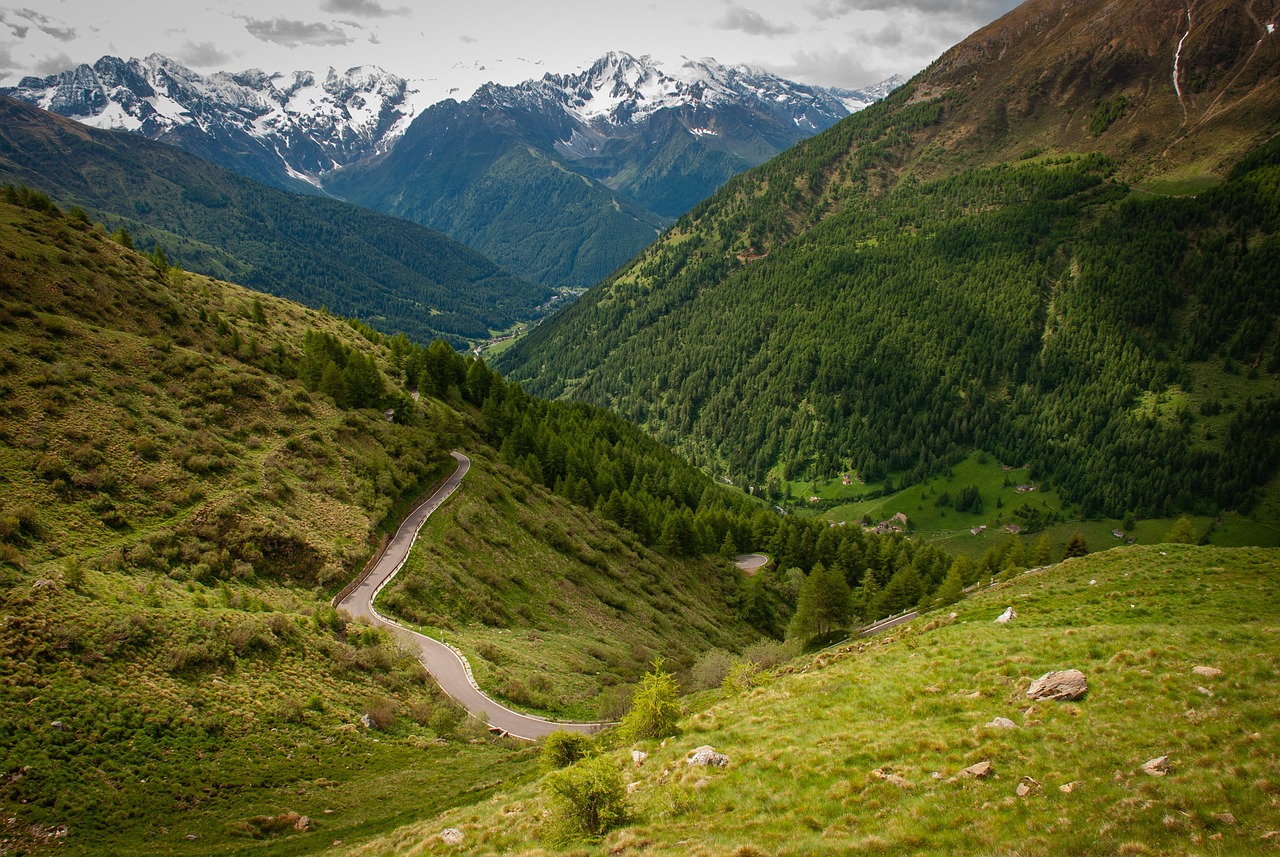
Communication Plans
When venturing into the mysterious depths of a cave, having a solid communication plan is not just a good idea—it's essential for safety. Imagine you and your friends are exploring a fascinating underground world, but suddenly, someone gets separated. What do you do? This is where a well-thought-out communication strategy comes into play. Before you even step foot into the cave, it's crucial to establish a plan that everyone understands and agrees upon. This plan should include methods for maintaining contact and protocols for regrouping in case anyone gets lost.
First things first, ensure that everyone in your group has a reliable means of communication. While cell phones may work in some caves, many underground environments can disrupt signals, making them unreliable. Instead, consider using two-way radios or walkie-talkies, which can be much more effective in maintaining communication over short distances. These devices can help you keep in touch, especially in larger caves where visibility is limited and sounds can be easily muffled.
Next, it's important to set clear signals and cues that everyone can recognize. For instance, agree on a specific sound or light signal that can be used to call for help or to indicate that someone is lost. This could be a whistle or a series of flashlight flashes. Establishing these signals can be a lifesaver in situations where verbal communication is not possible due to distance or obstacles.
Additionally, consider creating a designated meeting point within the cave. This should be a recognizable landmark where everyone can regroup if separated. Make sure it's a safe area, away from potential hazards like unstable rock formations or areas prone to flooding. Before heading into the cave, discuss this meeting point as a group and ensure that everyone knows how to reach it.
Lastly, don't forget to share your plans with someone outside of your group. Inform a friend or family member about your exploration intentions, including the cave you plan to visit, your estimated return time, and your communication plan. In case of an emergency, this information can be crucial for rescuers. Remember, the more prepared you are, the safer your adventure will be!
- What should I do if I get separated from my group?
If you find yourself separated, remain calm and try to retrace your steps to the last known meeting point. Use your agreed-upon signal to communicate with your group.
- Are cell phones reliable in caves?
Cell phones can be unreliable in caves due to signal loss. It's best to use two-way radios for communication.
- What if someone gets injured in the cave?
Follow your first-aid protocol and use your communication devices to alert others for help. Always carry a well-stocked first-aid kit.
- How can I ensure my group stays together?
Establish a buddy system where each person is paired with another. Regularly check in with each other and make sure everyone is accounted for.
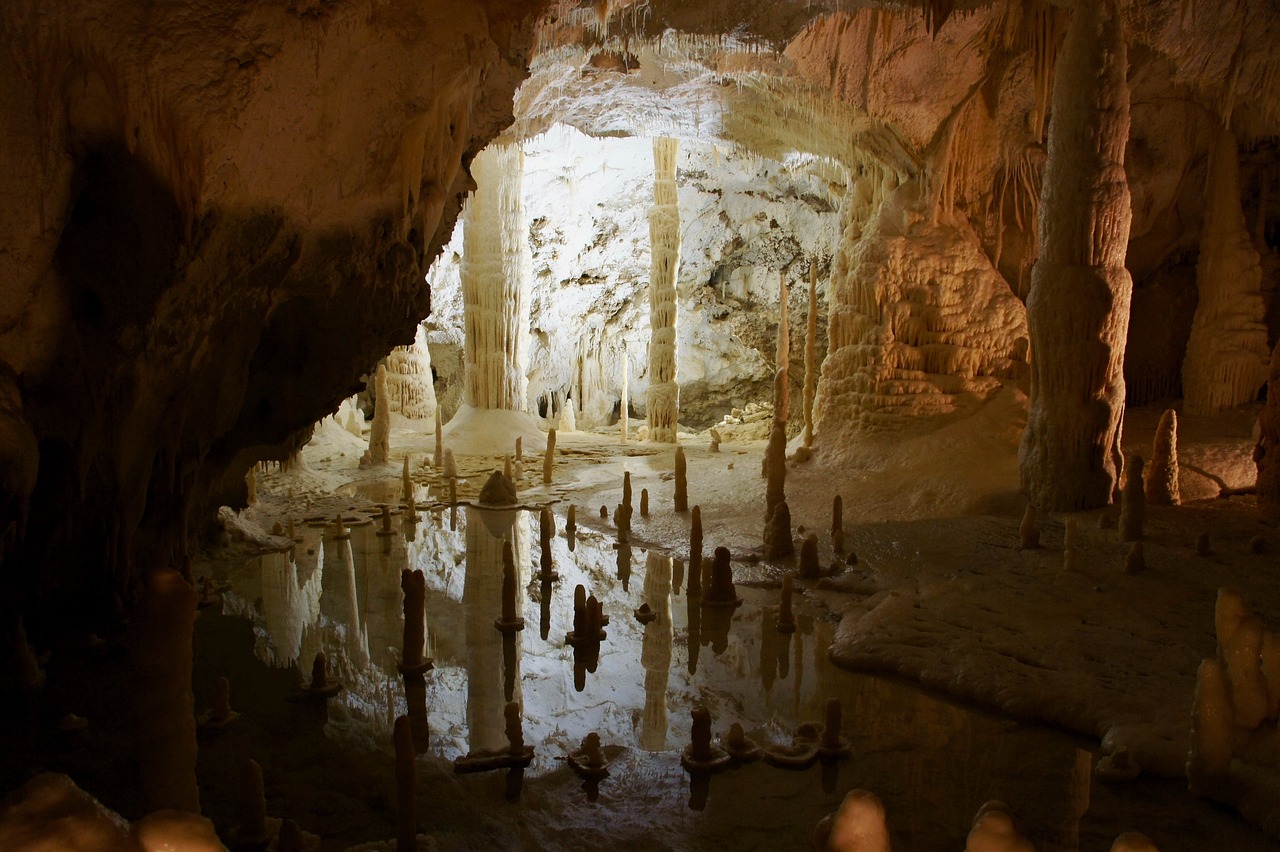
Environmental Awareness
When diving into the enchanting world of caves, it's not just about the thrill of exploration; it’s also about responsibility. Caves are delicate ecosystems, often home to unique wildlife and geological formations that took thousands of years to develop. As explorers, we must be vigilant stewards of these natural wonders. Understanding the cave environment is crucial for ensuring that our adventures do not come at the expense of its integrity.
One of the first steps in practicing environmental awareness is to recognize the wildlife that inhabits these subterranean realms. Many caves serve as habitats for bats, which play a vital role in maintaining ecological balance by controlling insect populations. When exploring these areas, it's essential to minimize disturbances. For instance, avoid making loud noises that could scare these animals or disrupting their roosts. Remember, a little respect goes a long way in preserving their natural behavior.
Moreover, we must be conscious of our impact on the cave's environment. Pollution is a significant threat to these fragile ecosystems. Things like food wrappers, plastic bottles, and other waste can not only mar the beauty of the cave but also harm wildlife. To combat this, always carry out what you bring in. Consider the following tips to prevent pollution:
- Pack it In, Pack it Out: Ensure that all trash is taken back with you.
- Use Eco-Friendly Products: If you need to use any products, choose biodegradable options.
- Avoid Disturbing Natural Features: Stay on marked paths to protect vegetation and geological formations.
Additionally, being aware of natural hazards is paramount. Caves can have unpredictable conditions such as sudden flooding or unstable rock formations. Understanding these risks not only protects your safety but also ensures that the cave's natural state remains undisturbed. Always check weather conditions before your expedition and be prepared to turn back if conditions deteriorate.
In conclusion, cave exploration is an exhilarating adventure, but it comes with the responsibility of protecting these unique environments. By practicing environmental awareness, respecting wildlife, preventing pollution, and understanding natural hazards, we can ensure that future generations can also experience the awe of these underground wonders. So, the next time you gear up for a cave adventure, remember that your actions have a lasting impact. Let's make sure that impact is a positive one!
Q1: What should I do if I encounter wildlife in a cave?
A1: If you see wildlife, observe from a distance and do not attempt to disturb or touch them. Respect their space and continue on your path quietly.
Q2: How can I prepare for sudden flooding in a cave?
A2: Always check weather forecasts before entering a cave. If rain is expected, consider postponing your trip. Familiarize yourself with the cave's layout and exit routes.
Q3: What are the best practices for waste disposal while cave exploring?
A3: Carry out all trash, use biodegradable products when possible, and avoid leaving any waste behind. Follow the "Leave No Trace" principles.
Q4: Is it safe to go caving alone?
A4: It is highly discouraged to go caving alone. Always explore with a partner or group for safety and support in case of emergencies.
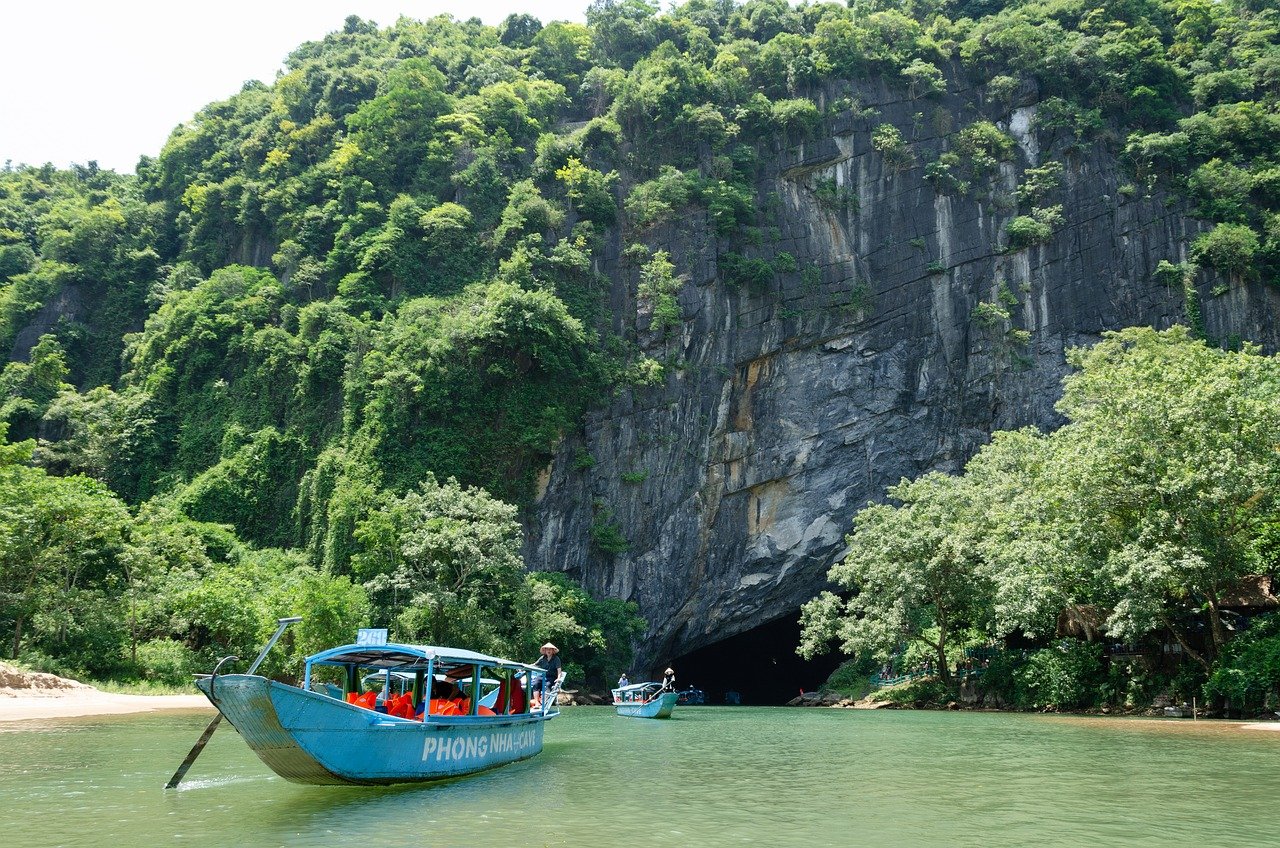
Wildlife Considerations
Cave exploration is not just about navigating dark tunnels and rocky surfaces; it’s also about respecting the unique wildlife that calls these subterranean environments home. Caves are often crucial habitats for a variety of species, including bats, insects, and unique flora that thrive in the damp, dark conditions. As explorers, we have a responsibility to minimize our impact on these delicate ecosystems. So, how can we ensure that our adventures do not disrupt the natural balance?
First and foremost, it’s essential to educate yourself about the wildlife you might encounter. Many caves serve as breeding grounds for bats, which play a vital role in controlling insect populations and pollinating plants. Disturbing these creatures can have consequences far beyond the cave itself. For instance, if a bat colony is disturbed, it may lead to a decline in their population, impacting the entire ecosystem. Always be mindful of signs indicating the presence of wildlife, such as droppings or nesting areas.
Moreover, when you enter a cave, it’s crucial to adhere to the principle of Leave No Trace. This means:
- Staying on established paths to avoid trampling sensitive vegetation.
- Avoiding touching or disturbing any wildlife you encounter.
- Not leaving behind any trash or waste that could harm the ecosystem.
In addition to being respectful of wildlife, you should also be aware of potential hazards that certain animals may pose. For example, some caves can house venomous snakes or aggressive insects. Being informed about these risks can help you prepare adequately and avoid dangerous encounters. Always carry a guidebook or use a reliable app to identify wildlife and learn about their behaviors.
Lastly, consider the impact of human activity on cave ecosystems. Pollution from litter or chemicals can severely affect the wildlife living in and around caves. When planning your trip, make sure to follow local regulations regarding cave access and conservation efforts. Many areas have specific guidelines to protect the wildlife and habitats, and adhering to these rules not only ensures your safety but also helps preserve the beauty and integrity of the cave environment.
In summary, being a responsible cave explorer means being aware of the wildlife that inhabits these unique spaces. By educating ourselves, following the Leave No Trace principles, understanding potential hazards, and respecting local regulations, we can enjoy our adventures while ensuring that these ecosystems remain vibrant for generations to come.
Q1: What should I do if I encounter wildlife in a cave?
A1: If you encounter wildlife, maintain a safe distance and do not attempt to touch or disturb the animals. Observe them quietly and move on without causing any disruption.
Q2: Are there any specific rules for cave exploration regarding wildlife?
A2: Yes, many caves have regulations that prohibit disturbing wildlife or removing any natural materials. Always check local guidelines before your visit.
Q3: How can I help protect cave ecosystems?
A3: You can help by following Leave No Trace principles, reporting any pollution or vandalism, and participating in local conservation efforts.
Q4: What types of wildlife might I see in a cave?
A4: Common wildlife includes bats, cave-dwelling insects, and various species of fungi and mosses. Each cave may host different species depending on its location and environment.

Pollution Prevention
When exploring caves, it’s essential to remember that these natural wonders are not just playgrounds for adventurers; they are also delicate ecosystems that deserve our respect and protection. Pollution in caves can have devastating effects on both the environment and the unique wildlife that call these subterranean realms home. So, how can we ensure that our explorations do not contribute to the degradation of these beautiful sites? The answer lies in a combination of awareness, responsibility, and proactive measures.
First and foremost, one of the simplest yet most effective ways to prevent pollution is to leave no trace. This means packing out everything you bring in, including food wrappers, empty water bottles, and any other waste. It's astonishing how much litter can accumulate in caves, often because visitors assume that the next person will pick up after them. By taking personal responsibility for your trash, you contribute to preserving the natural beauty of the cave.
Additionally, it's important to be mindful of the products we use during our explorations. Many substances that might seem harmless, like soaps or lotions, can disrupt the fragile balance of cave ecosystems. Instead, opt for biodegradable products and limit their use as much as possible. If you need to clean up, do so outside of the cave where the waste can be properly managed.
Another significant aspect of pollution prevention is respecting wildlife. Caves are home to many unique species, including bats and various insects, which can be sensitive to human activity. Disturbing their habitats can lead to stress and even endanger their populations. When exploring, make sure to keep your distance from wildlife and avoid touching or disturbing them. Remember, you’re a guest in their home!
Moreover, consider joining or supporting local conservation efforts aimed at protecting cave environments. Many organizations focus on maintaining and restoring cave ecosystems, and they can provide valuable resources and knowledge to enhance your caving experience while ensuring you’re doing your part to protect these natural wonders.
In summary, pollution prevention in caves is a shared responsibility that requires awareness, respect, and proactive measures from all explorers. By adopting a leave no trace philosophy, being mindful of the products we use, respecting wildlife, and supporting conservation efforts, we can all play a role in preserving the breathtaking beauty of caves for future generations.
- What should I do if I find trash in a cave? If you come across any litter, please pick it up and carry it out with you. Every little bit helps in keeping these environments clean.
- Are there specific products I should avoid taking into caves? Yes, avoid using products that are not biodegradable, such as regular soaps, lotions, or any chemicals that could harm the cave ecosystem.
- How can I get involved in cave conservation efforts? Look for local organizations dedicated to cave conservation, and consider volunteering your time or donating to their causes.
Frequently Asked Questions
- What are the main hazards of cave exploration?
Cave exploration can be thrilling, but it comes with its share of risks. The most common hazards include falling rocks, unstable surfaces, and sudden flooding. It's essential to be aware of these dangers to navigate safely through the underground world.
- What safety gear do I need for cave exploration?
To ensure a safe experience while caving, you should invest in essential safety gear. This includes a sturdy helmet to protect against falling debris, a reliable headlamp for visibility in dark areas, and appropriate protective clothing to keep you warm and safe from scrapes.
- How do I choose the right helmet for caving?
Selecting the right helmet is crucial for your safety. Look for helmets specifically designed for caving, which should have features like a sturdy construction, adjustable straps, and comfort padding. Popular brands often recommended by experienced cavers include Petzl and Black Diamond.
- What features should I consider when selecting a headlamp?
When choosing a headlamp for cave exploration, prioritize brightness, battery life, and water resistance. A headlamp with at least 200 lumens is typically sufficient for most caves, and consider one with a long-lasting battery to avoid being left in the dark.
- What should I include in my first-aid kit for caving?
A well-stocked first-aid kit can be a lifesaver in emergencies. Essential items to include are adhesive bandages, antiseptic wipes, gauze pads, a triangular bandage, tweezers, and pain relievers. Don't forget to include any personal medications you might need!
- How can I communicate effectively with my group while caving?
Establishing a communication plan before entering the cave is vital. Ensure everyone knows the meeting points and signals for emergencies. Using whistles or walkie-talkies can also help maintain contact in case of separation.
- What should I do if I encounter wildlife in a cave?
Caves are home to unique ecosystems, so it's crucial to interact responsibly with wildlife. Observe animals from a distance, avoid disturbing their habitats, and never attempt to touch or capture them. Respecting these creatures helps preserve the cave environment.
- How can I prevent pollution while exploring caves?
To maintain the integrity of cave environments, always follow the principle of "Leave No Trace." Avoid littering, stay on designated paths, and refrain from using soaps or other pollutants in cave waters. This ensures that these natural wonders remain pristine for future explorers.

